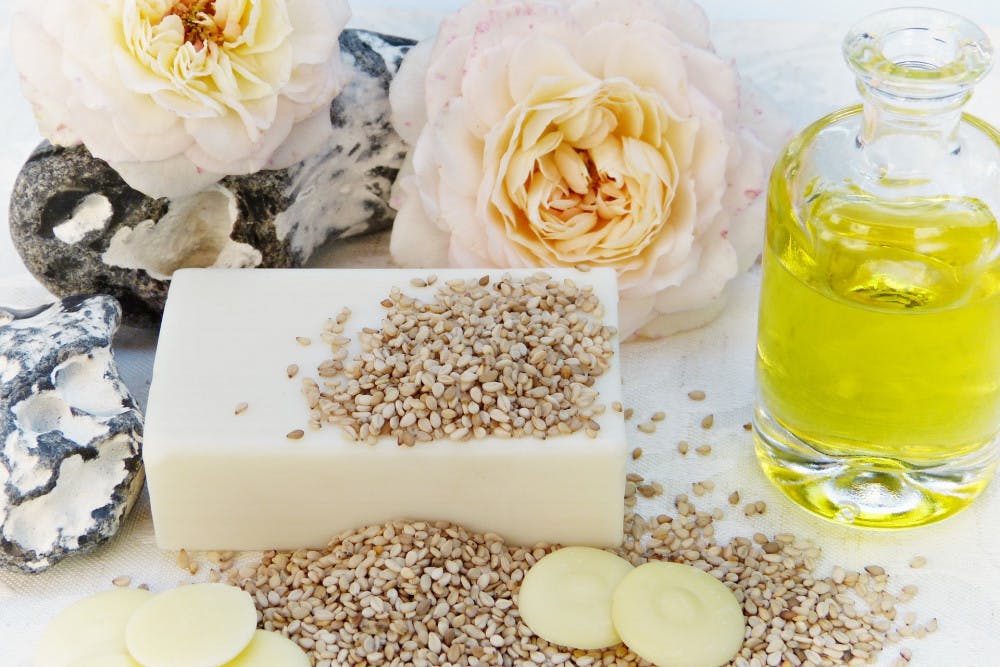BY: GRACE BERRY
Plastic pollution in the oceans is a well known problem. We've all seen pictures and videos of plastics choking marine wildlife or of giant masses of plastics floating across miles of open ocean. The problem of plastic in the ocean goes deeper, however, and is made worse every time we wash our hair or hands. Microplastics may be small, but they pose a giant threat to the planet. When simply washing your face, you are unknowingly contributing to the problem. Everyone knows plastic pollutes the earth, but few people fully understand the severity of microplastics, specifically, as a class of contaminants.
Microplastics are a diverse category of plastics, made up of various polymers and chemical additives. By definition, they are plastic particles less than five millimeters in size, and can be categorized into two classes: primary and secondary. Primary microplastics are small plastic pellets produced intentionally, for example, microbeads in personal care products. Secondary microplastics are produced when larger plastic types are broken down (microfibers from clothes). Secondary microplastics pose a greater threat to our environment, but it is easier to make a positive impact by monitoring our usage of primary microplastics in our everyday lives. A myriad of products we use on a daily basis contain microplastics that eventually end up in oceans, and the extent of that pollution is relatively unknown by the public.
In the year 2000, river export of microplastics from personal care products to European seas was approximately 1,000 tons, accounting for about 10% of total river export of microplastics. It seems implausible that microbeads from your toothpaste end up in our oceans, because we assume wastewater treatment plants filter out harmful chemicals. However, when these microplastics get washed down the drain, they are too small for treatment plants to effectively filter them out, so they manage to travel all the way to our oceans, negatively impacting marine life.
Once reaching aquatic environments, microplastics are ingested by various organisms, and they can cause cell death and reduced fertility in populations. Fortunately, we have control over what products we use and what chemicals we release into these environments. While many companies are likely willfully ignorant of the threat their products pose to aquatic life, there are some brands that are environmentally conscious.
Brands such as Weleda, Happy Soaps, and Zero Waste Path produce products that are microplastic-free. Weleda and Zero Waste Path are progressive in other aspects as well, as they do not use animal testing for their products. Also, Weleda and Happy Soaps produce shampoo, conditioner, deodorant, and skincare for both men and women.
If you are unsure of whether or not a product has microplastics, the app Beat the Micro Bead allows people to scan the barcode of a product to see if it is harmful to the oceans and ocean wildlife.
Protecting our environment is something we are all capable of doing, yet the majority of us don’t know exactly how to do so. There are obvious ways to promote sustainability, such as recycling and planting trees, but there are small lifestyle changes we can make that will benefit our oceans long-term as well. The personal care products we use are just one way to do our part in protecting our environment. While it may seem risky to abandon products that work for you, there are still many products on the market that are microplastic-free, and this variety makes it possible to find a new sustainable normal.




